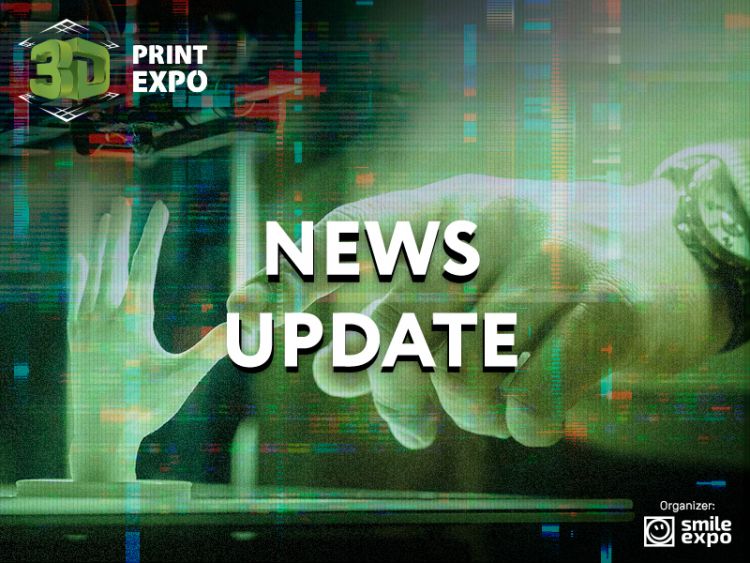Printed bone implants, printing using tablet, and DIY smartphone: 3D printing news of the week

3D printing technologies are not standing still: people have learned how to create implants fusing with bone tissue and print objects using a tablet. New 3D printers are constantly introduced as well. These issues are revealed in our news digest of the week.
Dog with 3D printed bone implant
It transpired that Russia performed surgery for transplanting a 3D printed bone implant. It was transplanted to a dog. The procedure was conducted by specialists from a Russian company Biomimetix and MedVet veterinary clinic.
The implant was made of a 3D printed titanium work piece filled with special polymer inside and outside. It was ultrahigh molecular weight polyethylene able to fuse with a bone.

The implant was designed for a big dog suffering from osteogenic sarcoma. Surgeons removed a diseased part of the bone and replaced it by the implant and clamping plates. dog got on its paws in several days. One will be able to remove plates when polymer entirely fuses with bone tissue.
According to Fedor Senatov, general director of Biomimetix, the traditional materials for medical prosthetics either take on too much of the load (the bone begins to thin out) or they are more fragile and do not allow implants to grow together with the bone.
New 3D printer by Magnum 3D
Magnum 3D will present a new version of Creative 2 Pro 3D printer: it will be called Magnum Creative 2 SW. The unveiling will take place at 3D Print Expo in Moscow on October 12-13.
The main novelty is a double extruder: not a simple one, but with a special mechanism for closing an inactive nozzle. When the print mode is switched, the nozzle automatically raises up and locks so that residual filaments won’t damage a product. It takes approximately half a second.
Creative 2 SW remains compact: 240×170×170 mm. It is optimized for 1.75 mm filament. Positional accuracy is 40 microns. It can be equipped with extra nozzles, including the ones for laser engraving.
3D printing using a tablet
Lumi Industries is developing a compact 3D printer that will print with photopolymers using a display of mobile devices (tablets in particular).
The printer looks like a metallic body, which top part opens and slowly creeps upward. Maximum size of items: 100×100×100 mm. Printing is conducted via light-striking of photopolymers. However, the 3D printer does not have its own light-striking module. refore, one should put a tablet into the device to start printing. Printing data are transferred only using Bluetooth.
Reportedly, the minimum thickness of a layer is 25 microns, and pixel size is 78 microns. Printing of one layer requires from 30 to 100 seconds, depending on screen brightness, layer thickness, and material’s light sensitivity. The printer’s dimension is 180×280×80 mm when folded.
DIY smartphone
Albert Gajšak, an engineer from Croatia known for the development of a construction kit of portable game console, has launched one more project: a DIY smartphone.

The project is called MAKERphone. In fact, it is a kit of board, buttons, body, display, GSM module, processor, Wi-Fi module, Bluetooth, audio card, antenna, and amplifier. It is interesting to note that you can print a smartphone body on your own. This idea supposes that users will learn operational concepts of electronics and Python programming.
Albert Gajšak is raising funds for the project on Kickstarter. He has already managed to collect $37 000 (at the goal of $15 000). The kit will be sold for $119, but there will be an opportunity to order an assembled smartphone for $99.







